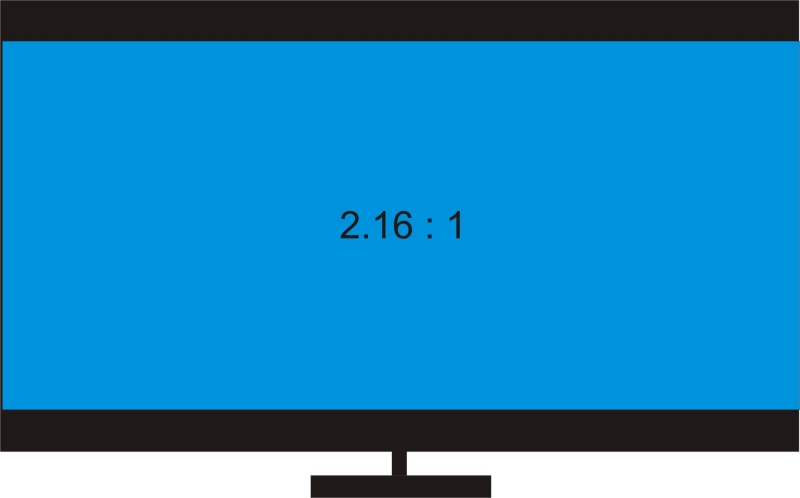

It’s also versatile, meaning it can be used for various purposes. For one, it’s relatively straightforward. There are a few reasons why 3:2 is so popular. This ratio has been used in photography and filmmaking for decades and is still a popular choice today. However, others feel that the 16:9 aspect ratio is better because it provides a more immersive experience. Some people believe that the 4:3 aspect ratio is better for watching video content because it fills more of the screen without any black bars on the top and bottom.
#Tv aspect ratio calculator tv#
TV shows and movies are typically shown in this aspect ratio, as it’s considered more natural looking than the 16:9 aspect ratio. It was first used in the 1920s and remained popular until widescreen formats became popular in the 1950s. The 4:3 aspect ratio has been around for a long time and is still used in many different applications. Below are some of the most common ones: 4:3 There are different aspect ratios used in digital video. This allows for a sharper image and greater detail. This is because retina screens have a higher pixel density, meaning more pixels per inch on the screen. There are some exceptions to this rule – for example, many devices now offer a “retina” resolution that is twice as high as the standard resolution. If you have a 4:3 aspect ratio screen, on the other hand, you’ll want to set your device’s resolution to 1024×768 to make use of all the available pixels. If you have a 16:9 aspect ratio screen, for example, you’ll want to set your device’s resolution to 1920×1080 to take advantage of all the available pixels. For example, if an image has a resolution of 1280 x 720 pixels and a frame rate of 24 fps, the aspect ratio would be 1280/24 or 5:3. You get the aspect ratio when you divide the resolution by the frame rate. To calculate the aspect ratio, divide the width by the height. To calculate the resolution, multiply the width by the height. Aspect ratio and resolutionĪspect ratio and resolution are inextricably linked. However, increasing the frame rate also increases the video’s file size and processing requirements. Generally, a higher frame rate produces a smoother appearance. And the higher the resolution, the crisper and more detailed the image.įrame rate is the quantity of frames shown per second in a video. The more the pixels, the higher the resolution, and the better the image quality. A pixel is a small color square that makes up the image on your screen. Resolution is measured in pixels and refers to the number of horizontal pixels in an image. The resolution and the frame rate determine a video’s aspect ratio. Take a look at the few below and their connotations: However, with the rise of digital video, various aspect ratios have become popular. The most common aspect ratios for movies and television are 1.85:1 and 4:3. Video aspect ratio measures how wide your video is. Choosing the best aspect ratio for a videoĪspect ratio is the proportion of an image’s width to its height.
#Tv aspect ratio calculator how to#
How to tell the aspect ratio of a video.


 0 kommentar(er)
0 kommentar(er)
